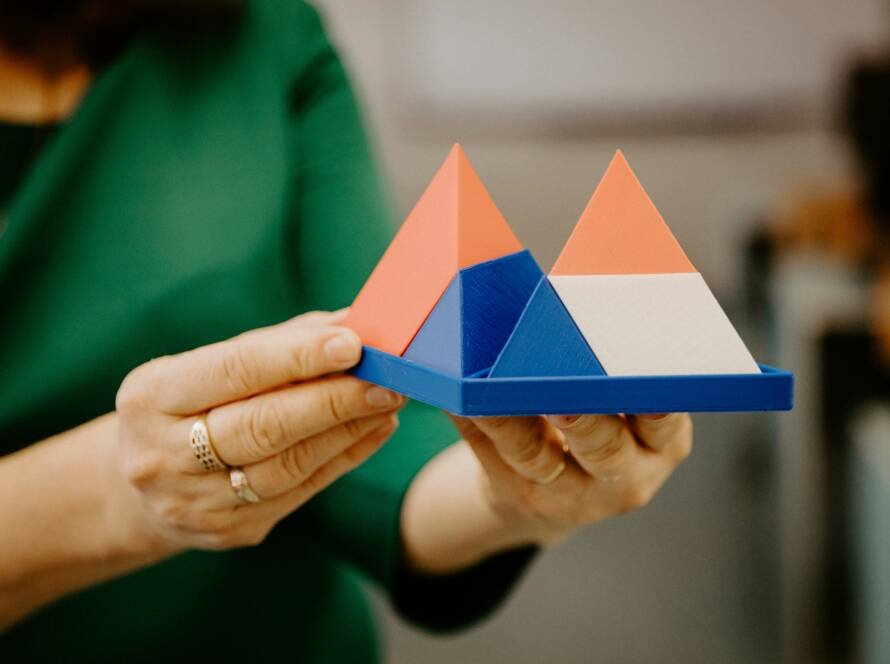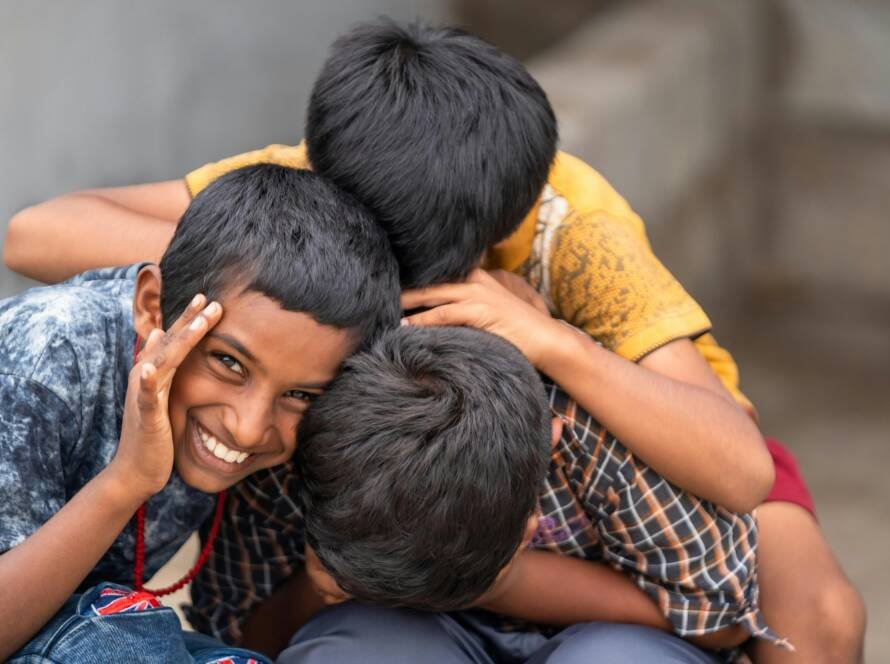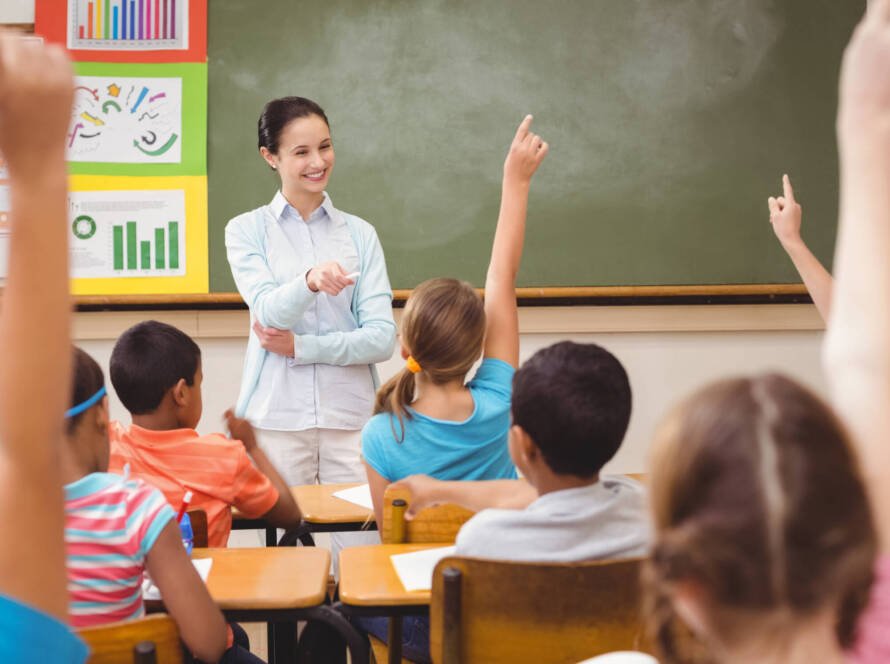NEP and Indian Ethos: Crafting Classrooms Where Culture Meets Curriculum
In a time when education across the world is undergoing a radical shift—from rote learning to critical thinking, from instruction to experience—India finds itself at a historic juncture. The National Education Policy 2020 is not merely an education reform; it is a civilisational call to realign our pedagogy with the ethos of Bharat. It urges a transition from curriculum as content to curriculum as culture—a shift that reclaims the soul of Indian education.
This is not just about what we teach, but about how we teach, and more importantly, why we teach.
Beyond Books: The Bharatiya Way of Knowing
Indian knowledge traditions never saw education as the mere transmission of information. From the gurukulas of ancient times to the spiritual universities of Nalanda and Takshashila, education was always deeply rooted in samskara—the cultivation of character, values, and inner consciousness. The NEP’s emphasis on holistic development, experiential learning, and rootedness in Indian culture is a clear echo of this ancient wisdom.
This is a timely recognition that education must go beyond the transactional and reach into the transformational
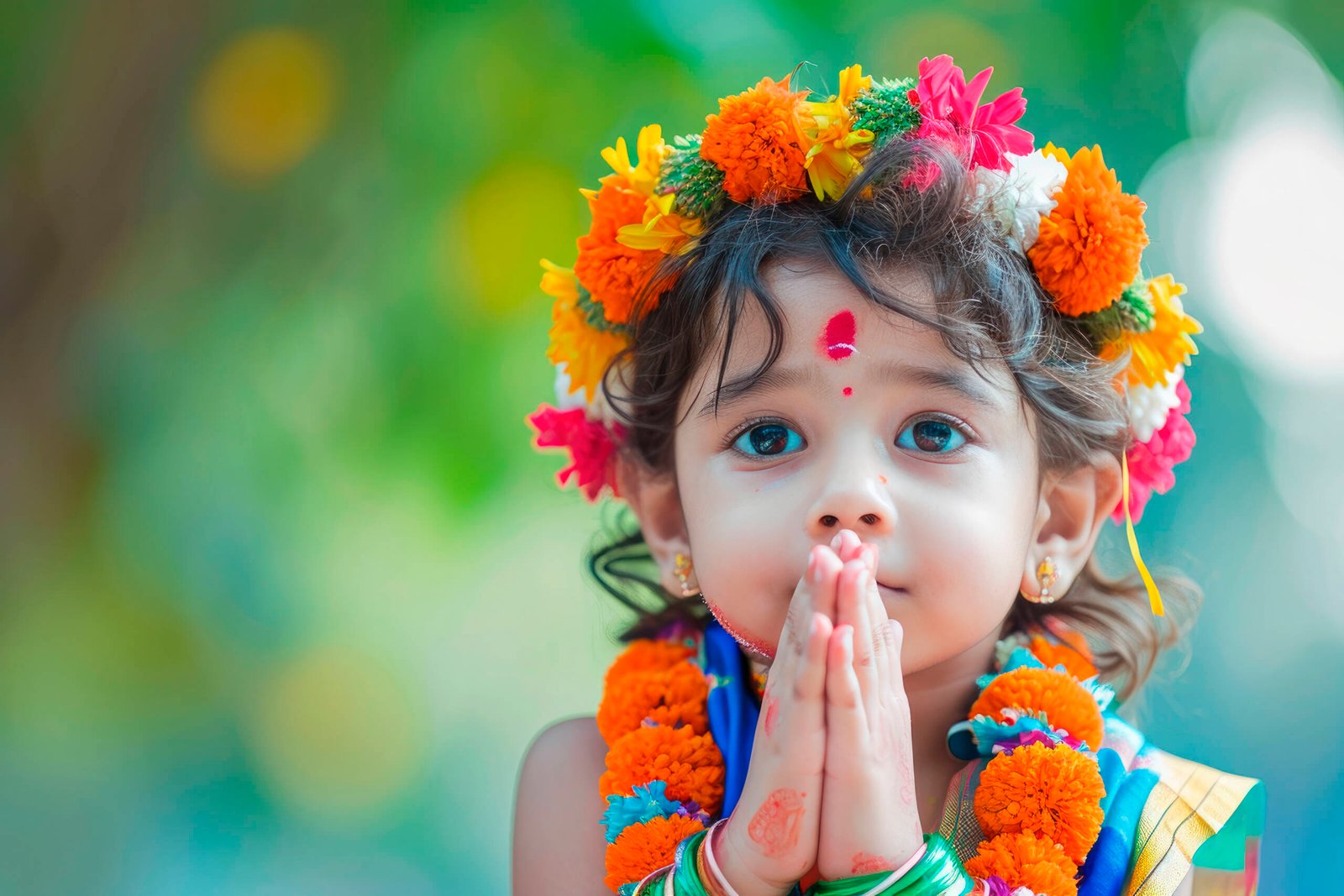
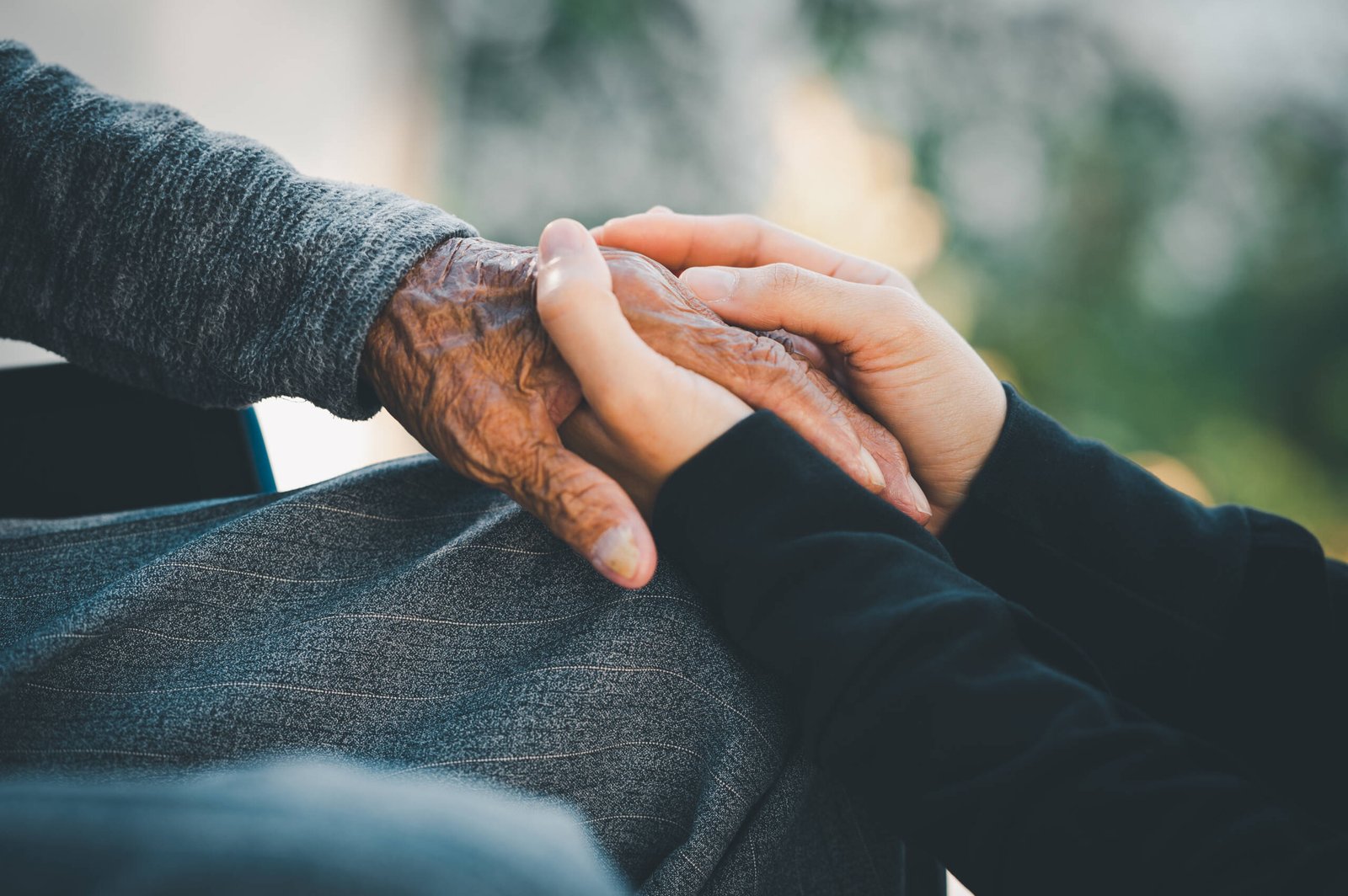
Embedding Values in Everyday Learning
Infusing Bharatiya values into classrooms doesn’t require an overhaul of textbooks or an added subject on moral science. It begins with subtle yet powerful shifts:
-
Respect for All Beings (Sarva Bhuta Hita): Encouraging compassion through environmental education, community service, and reflective discussions.
-
Unity in Diversity (Ekam Sat Vipra Bahudha Vadanti): Celebrating linguistic, regional, and cultural plurality in classroom interactions and learning materials.
-
Self-Discipline and Inner Strength (Sanyam and Shraddha): Developing these through mindfulness practices, storytelling traditions, and reflective journaling.
-
Seva Bhava (Spirit of Service): Creating opportunities for learners to engage with their communities, inculcating a sense of responsibility, humility, and belonging.
These are not ‘extra’ lessons—they are integrated into the learning process, forming the invisible foundation upon which all academic and life skills are built.
The Role of Teachers: Facilitators of Sanskaras
NEP 2020 rightly repositions teachers as facilitators and mentors. In the Bharatiya tradition, the teacher (Acharya) was not just an instructor but a jivanmukta—a living example of the values they espoused. When a teacher models empathy, curiosity, humility, and resilience, these values flow effortlessly into the learners’ psyche.
Professional development, therefore, must also encompass spiritual and emotional development—helping teachers reconnect with their own cultural identity and philosophical grounding.
Classrooms as Living Ecosystems of Culture
The NEP’s focus on experiential and project-based learning opens the door to reimagining classrooms as spaces that embody cultural vibrancy:
-
Festivals and folk traditions become occasions for interdisciplinary learning.
-
Indian art, music, and craft are not just electives but core expressions of creativity and culture.
-
Stories from Panchatantra, Hitopadesha, Itihasa-Purana become tools for ethical inquiry and language learning.
-
Local heritage walks, visits to temples, gurudwaras, or dargahs, and dialogues with traditional artists can make learning deeply immersive and rooted.
When classrooms become mirrors of Indian culture, students grow not just as informed individuals, but as sanskritik nagrikas—culturally aware and ethically grounded citizens.
Towards Swarajya in Education
This infusion of Bharatiya values is not regressive—it is regenerative. It does not seek to replace modern science and global awareness, but to balance them with the timeless principles of dharma, satya, ahimsa, and satyagraha. It invites us to reimagine success—not merely as academic excellence, but as excellence in being, in relating, in serving.
NEP’s vision, when married to the spiritual-cultural ethos of Bharat, becomes a movement toward Swarajya in education—self-rule not just politically, but intellectually, emotionally, and ethically.
The Way Forward
To truly realise the spirit of NEP 2020, we must look inward even as we stride forward. We must draw from our sacred rivers of wisdom while flowing into the ocean of global citizenship. Infusing Bharatiya values into our classrooms is not a return to the past—it is a leap toward a future where education is meaningful, soulful, and transformative.
The journey from curriculum to culture is not linear. It is lived. It is felt. And it begins with a simple but profound shift: from teaching about India to teaching with India’s spirit.
In doing so, we don’t just educate minds—we awaken hearts. And that, truly, is the essence of Bharatiya education

